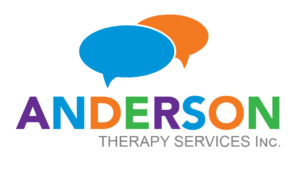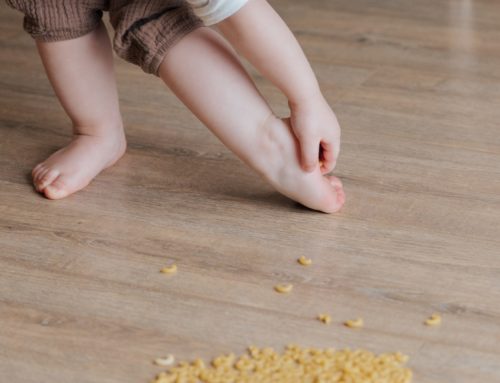How can a physiotherapist help a child with cerebral palsy? To understand this, let’s start off with explaining what cerebral palsy (CP) is and how it’s classified.
CP is a neurological condition where there’s damage to the brain or brain malformation, which can occur before birth, during birth, or immediately after birth. It affects the motor center of the brain, which can cause impairments to posture, muscle control/movement, muscle tone, balance, and reflexes.
There are 4 main categories that CP can be categorized based on the affects it has on a child.
- Spastic CP: most common type of CP where muscles are stiff.
- Dyskinetic CP: slow and uncontrolled movements of arms and legs.
- Ataxic CP: affects balance and walking, with jerky movement of the arms and legs.
- Mixed CP: symptoms can be mixed from the different categories. Eg. Some muscles can be stiff and tight while others can be too relaxed and floppy.
Through the Gross Motor Function Classification System (GMFCS), the effect of CP on a child can be classified from Level 1-5, increasing in severity of motor functional ability. Children classified as Level 1 would have the ability to walk, while children classified as Level 5 would be dependent on a wheelchair.
Physiotherapy plays a key role in helping a child with CP. Physiotherapist will work with the child and their guardians to develop an appropriate individualized treatment plan to optimize the child’s functional ability and to improve and maintain independence. The child’s treatment will focus on improving their:
- Posture
- Coordination
- Balance
- Walking (Gait)
- Core and limb strength
- Flexibility
- Endurance
- Joint range of movement
- Motor planning
- Pain management
Physiotherapy will help with the child’s overall health, wellness, and may improve their abilities to participate in tasks that they previously were not able to. Here at Anderson Therapy, our physiotherapy team will work with every child diagnosed with CP, no matter the severity. For more information, contact us at info@andersontherapy.ca or (289) 238-8598.
Bibliography
Centre for Disease Control and Prevention . (2020, December 31). What is Cerebral Palsy? Retrieved from Centre for Disease Control and Prevention : https://www.cdc.gov/ncbddd/cp/facts.html#:~:text=Cerebral%20palsy%20(CP)%20is%20a,problems%20with%20using%20the%20muscles.
National Institute of Neurological Disorders and Stroke. (2020, March 30). National Institute of Neurological Disorders and Stroke. Retrieved from Cerebral Palsy: Hope Through Research: https://www.ninds.nih.gov/Disorders/Patient-Caregiver-Education/Hope-Through-Research/Cerebral-Palsy-Hope-Through-Research






